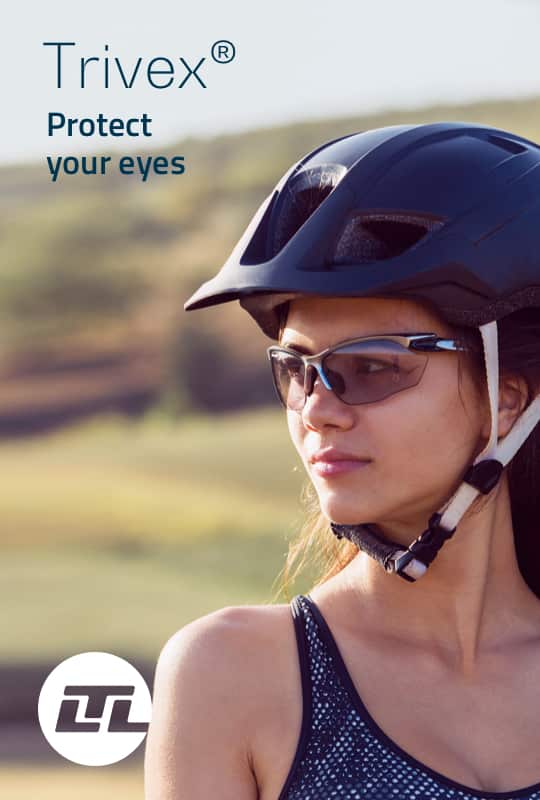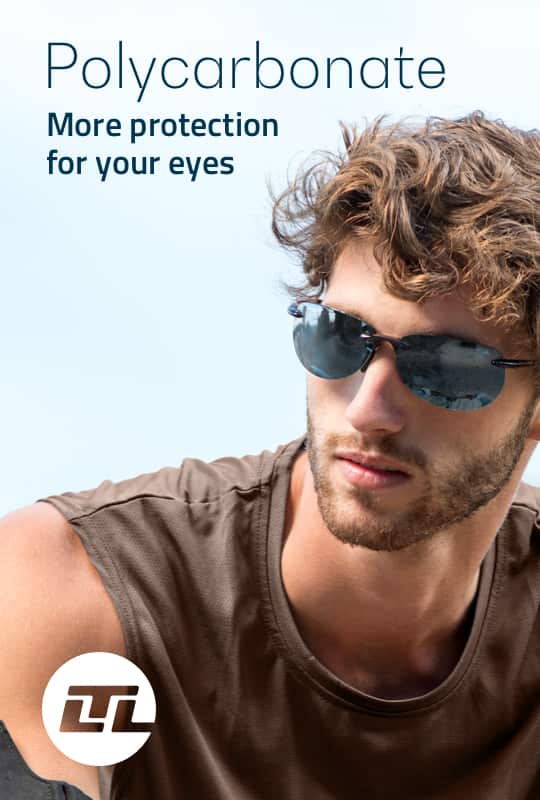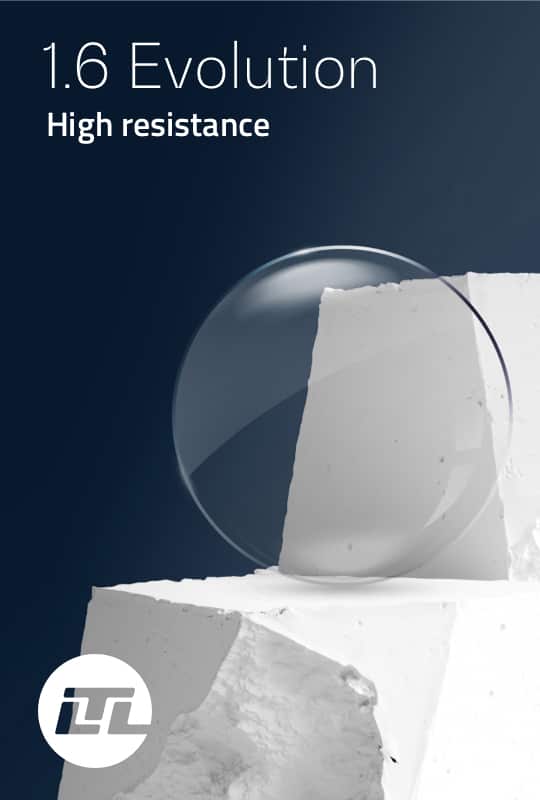Sports and prescription lenses: what characteristics should they have?
In recent years, there has been a growing interest in sports activities, with increased awareness of the benefits they bring to physical and mental health. Thanks to the wide range of sports available, more and more people are engaging in different outdoor and indoor disciplines such as tennis, soccer, volleyball, hiking, basketball, cycling, golf, skiing, sailing, and many others.
When practicing a sport, it is essential to consider visual ability as well, as athletes’ performance is directly proportional to their ability to clearly see the surrounding environment. Vision is usually the most developed and dominant sense, responsible for about 70% of sensory perceptions. Therefore, proper vision allows for safe performance of activities, and the use of specific materials allows individuals to enjoy their leisure time without worries.
To ensure an excellent visual experience during sports activities, it is crucial to choose sports eyewear with suitable lenses. There are several characteristics that lenses should possess to meet athletes’ needs.
Materials
Some commonly used materials include:
— Trivex: known for its lightweight and impact resistance
— Polycarbonate: equally durable but thinner
— 1.6 Evolution: offers high visual clarity and fast coloration



Lens types
Lens types may vary depending on the specific needs of the sport practiced:
— Photochromic lenses: capable of automatically adapting to different lighting conditions, offering excellent vision in both bright and dark environments
— Polarized lenses: reduce glare caused by reflections, improving detail perception and visual clarity in conditions of high brightness, such as on water or snow
— High Contrast lenses: enhance definition and color perception, allowing better object and contour recognition
— UV400/UV420 Monomers: provide additional protection against ultraviolet rays
Coatings
In addition to lens selection, coatings applied to the lenses can further enhance visual quality and eye protection.
— HMC+: reduces glare, improves scratch resistance, and facilitates lens cleaning
— Max UV: offers maximum protection against harmful ultraviolet rays
— Mirror: enhances and makes vision more comfortable in high-brightness conditions
Specific lines
There are also specific lenses designed specifically for certain sports activities. For example, golf lenses provide excellent perception of different shades of green and enhance the contrast between the sky and the course, allowing players to accurately assess the distance and trajectory of the ball.

Design
The design of sports lenses is an important aspect to consider, as customizing individual parameters (vertex, pantoscopic angle, and wrap angle) ensures maximum comfort and optimal vision during physical activity.
After choosing the frame and lenses suitable for the type of sport practiced, the attention should also be paid to the mounting process. During this phase, it is important to consider the wearer’s primary gaze position. For example, when fitting glasses for cyclists, the mounting height should be slightly higher (at least 2/3 mm) because the main visual position will be slightly lower compared to a person who is walking or running.
Another important aspect to consider is the indication of the frame’s frontal curvature in the lens order. This allows the manufacturer to use the most suitable base to achieve optimal results in terms of comfort and vision.
Choosing sports eyewear with suitable lenses and following a proper fitting process can ensure optimal visual performance during sports activities, contributing to improving both the athlete’s performance and safety.